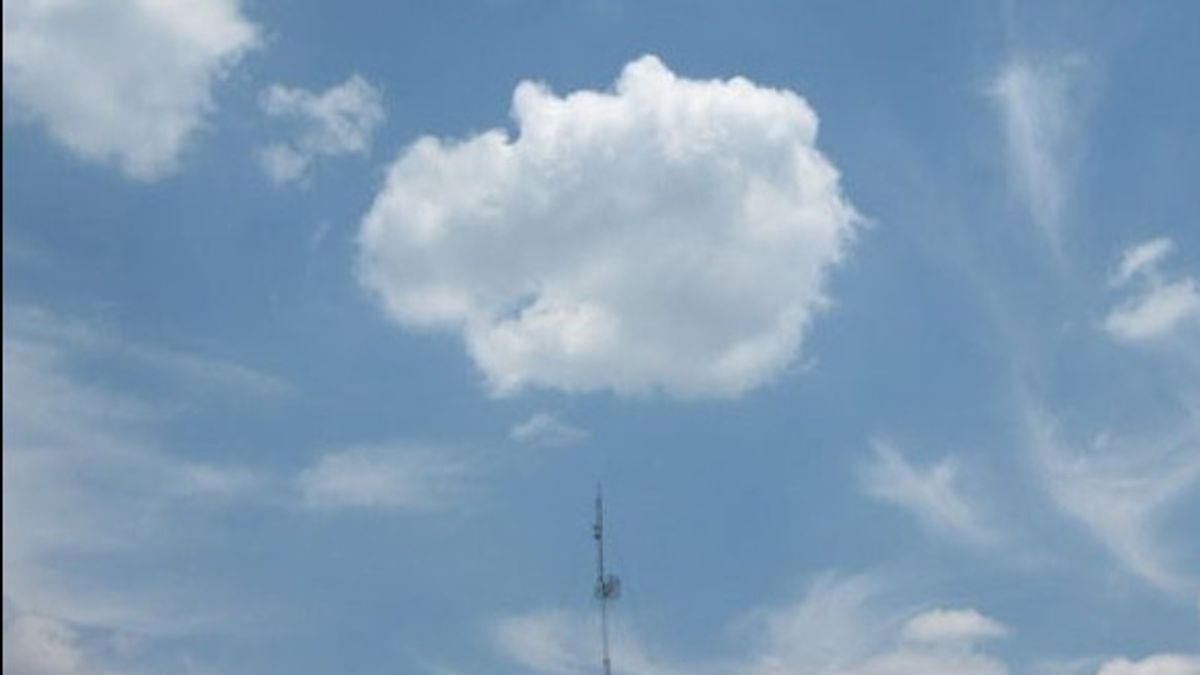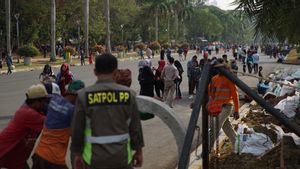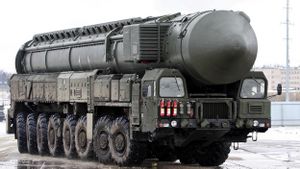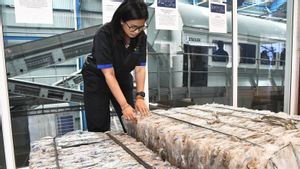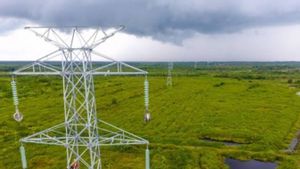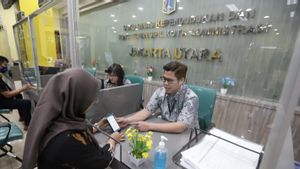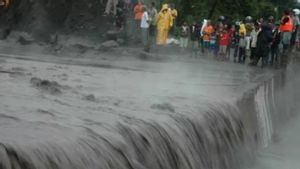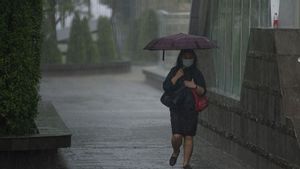JAKARTA - The Meteorology, Climatology and Geophysics Agency (BMKG) has corrected a misconception regarding air pollution causing the Omicron variant of the COVID-19 wave.
Acting Deputy for Climatology, Urip Haryoko, explained that PM2.5 is an aerosol with a particle diameter of less than 2.5 micrometers and is classified as an air pollutant.
The statement was in response to the opinion of a social media activist, Babeh Aldo, about the pandemic wave caused by Omicron as an air pollution pandemic.
In the video, Aldo mentions PM2.5, which poisons the air, will make many people in urban areas, causing acute respiratory infections, or ARI, anosmia, cytokine storms, to the so-called COVID-19.
Urip continued, indeed, an increase in the concentration of PM2.5 in the air causes a decrease in air quality which visually can have an impact on decreasing visibility and increasing the turbidity of atmospheric conditions.
"Exposure to high concentrations of PM2.5 can cause cardiovascular and respiratory problems, especially if exposed for a long time," said Urip, quoted by Antara, Wednesday, February 16.
Urip explained that the PM2.5 concentration threshold according to BMKG Regulation No. 2 of 2020 is 65 g/m3.
As a result of this impact, he continued, there was a misunderstanding of information or misconceptions which stated that air pollution was the cause of the transmission of the Sars-Cov-2 virus and an increase in positive COVID-19 patients.
Urip added, as an institution that carries out monitoring and analysis activities for PM2.5, BMKG is deemed necessary to straighten out the misconceptions above by providing an explanation regarding the condition of PM2.5 monitoring, its impact, and its relationship to COVID-19.
VOIR éGALEMENT:
Scientific evidence
According to him, until now there has been no scientific evidence showing a link between the distribution of PM2.5 concentrations and the transmission of COVID-19.
It cites the research of Anand et al. (2021) entitled A review of the presence of SARS-CoV-2 RNA in wastewater and airborne particulates and its use for virus spreading surveillance, and research by Maleki et al. (2021)) entitled An updated systematic review on the association between atmospheric particulate matter pollution and prevalence of SARS-CoV-2.
"So the statement that mentions PM2.5 as the cause of COVID-19 does not have a strong scientific basis," he said.
From the daily PM2.5 concentration data and the number of positive COVID-19 cases in DKI Jakarta Province from January 1 to February 6, 2022, it shows that the increase in positive cases of COVID-19 has no relation to the concentration of PM2.5.
Urip said the spike in PM2.5 concentrations that occurred for example on January 5, 16, and 30, 2022 was not in line with the addition of positive cases of COVID-19.
"So the statement which states that exposure to PM2.5 causes an increase in positive cases of COVID-19 is not appropriate," said Urip.
However, BMKG reminds the public that exposure to high concentrations of PM2.5 or polluted air conditions can increase the risk of COVID-19 patients who have comorbidities or cardiovascular disorders and respiratory infections.
"Therefore, efforts to mitigate the impact of air pollution and reduce the risk of exposure to PM2.5 and other air pollutants need to continue to minimize the mortality rate from COVID-19," said Urip.
The English, Chinese, Japanese, Arabic, and French versions are automatically generated by the AI. So there may still be inaccuracies in translating, please always see Indonesian as our main language. (system supported by DigitalSiber.id)
